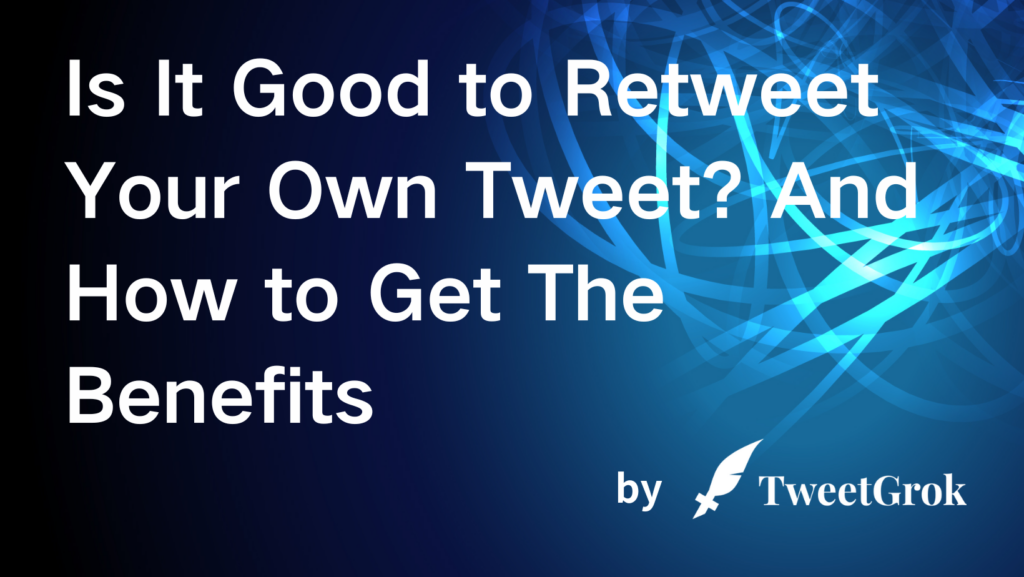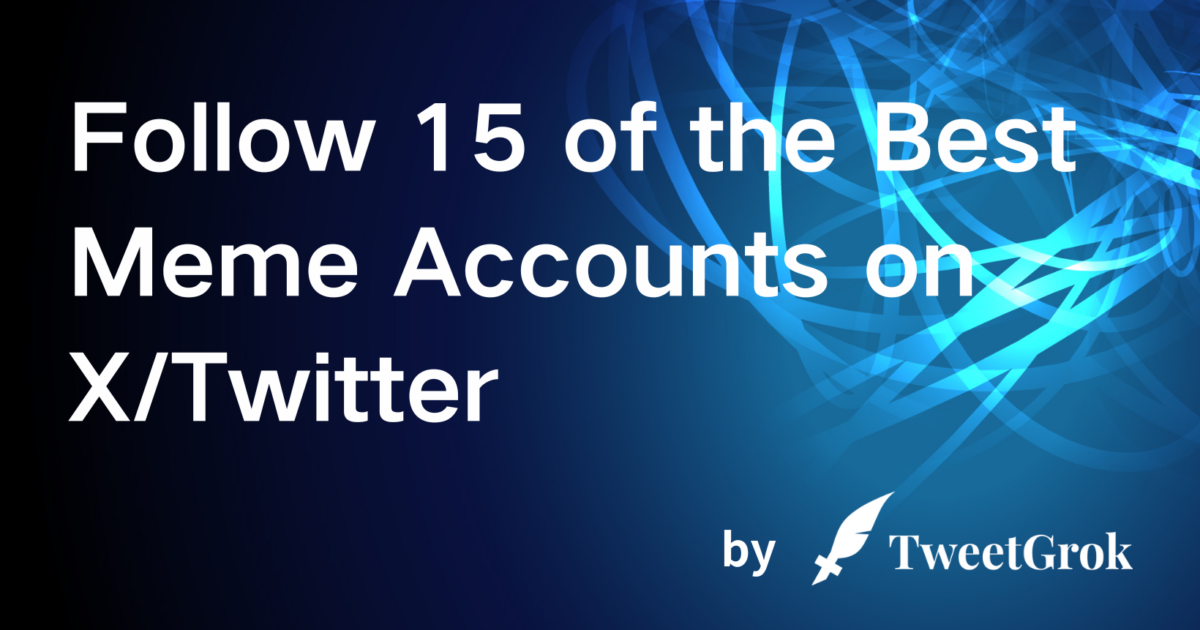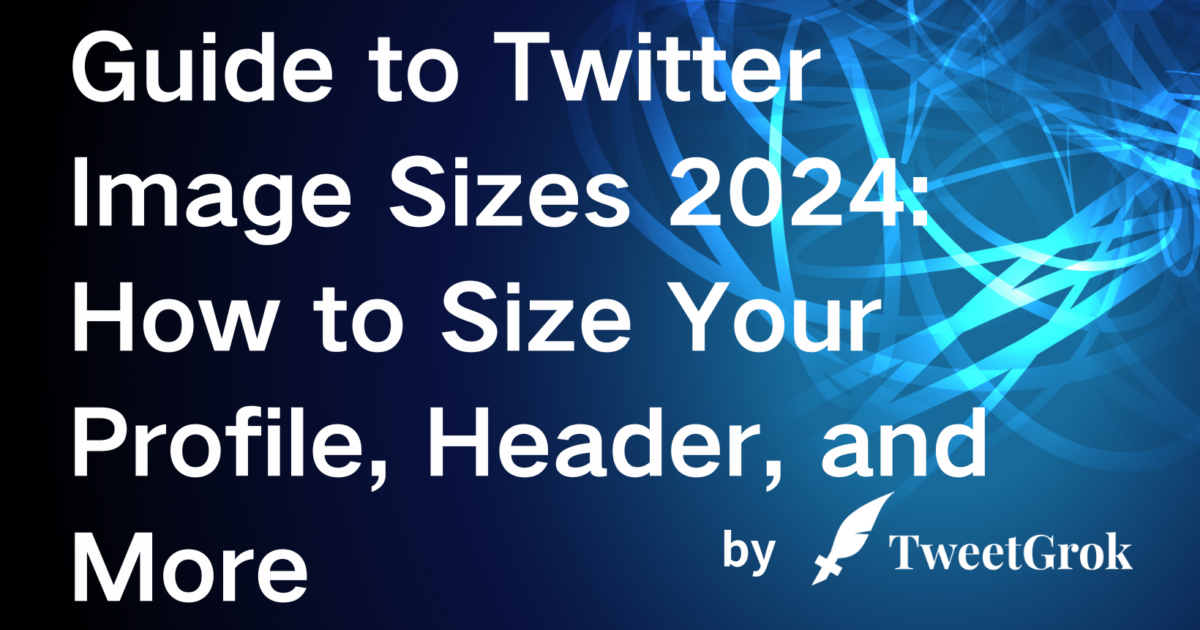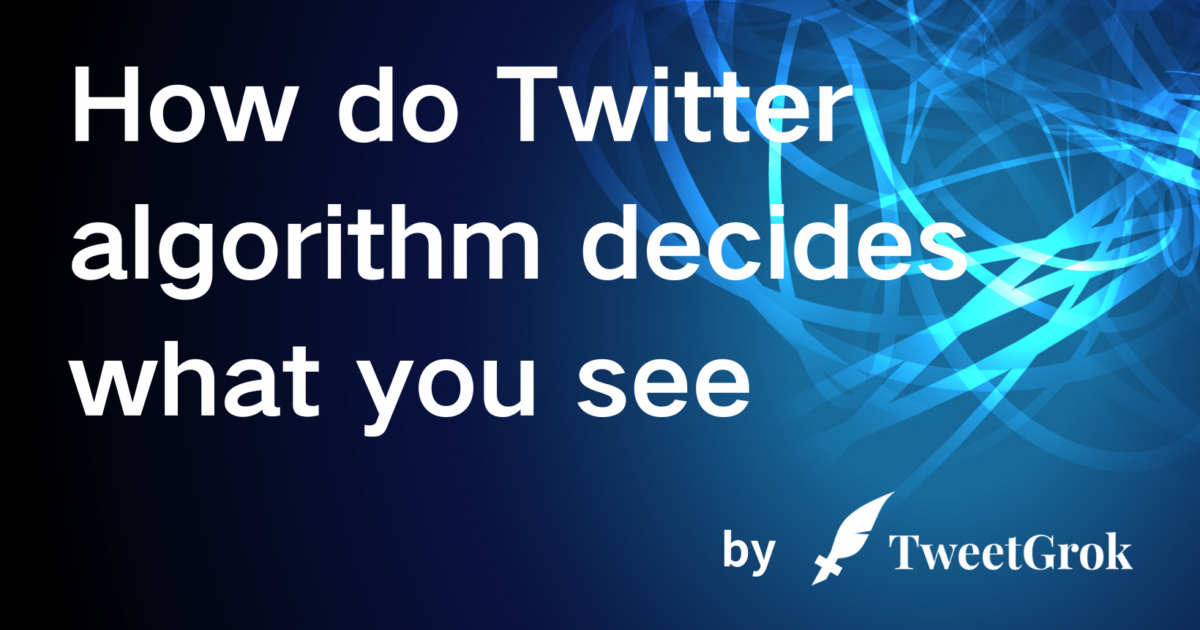
In the vast universe of social media, Twitter stands out for its unique ways of interaction and rapid dissemination of information. However, with Twitter's update to its content sharing rules in February 2018, which prohibits posting identical or substantially similar tweets, both brands and individual users faced the challenge of rethinking how to enhance the effectiveness of their tweets. This change sparked a reassessment of strategies, pushing many to seek new methods to increase the reach and engagement of their Twitter content.
Retweeting one's own content has become a point of contention. Since Twitter introduced this feature in mid-2016, the practice of self-retweeting has sparked extensive discussion among users. Some view it as an effective means to boost content visibility, while others hold reservations. Amid this debate, discussions about the benefits of retweeting oneself, potential drawbacks, and how to best utilize this strategy abound.
This article aims to delve into the strategy of retweeting one's own tweets, examining it from the perspectives of historical changes and community debates, and sharing a specific experimental case that demonstrates how a simple yet effective method can significantly increase tweet impressions, engagement, and link clicks. We will explore the potential of this strategy and how to cleverly use it to expand your digital footprint while adhering to Twitter's latest rules.

1. The Benefits of Retweet Your Own Tweets
In the ever-evolving landscape of social media, Twitter remains a cornerstone for real-time communication and engagement. Yet, amidst its bustling feed, standing out and maximizing the reach of your content can be a formidable challenge. This is where the strategic act of retweeting your own tweets emerges as a powerful tool, offering a plethora of benefits for both individuals and brands alike.
Maximizing Content Lifespan and Reach: In the fast-paced environment of Twitter, where the average lifespan of a tweet is a mere 18 minutes, the importance of extending the visibility of your content cannot be overstated. Retweeting your own tweets serves as an effective mechanism to breathe new life into your posts, ensuring they reach as broad an audience as possible, including those in differing time zones or those who might have missed it the first time around.
Enhanced Engagement: Evidence suggests that retweeting your own content can lead to significant increases in engagement metrics. For instance, a notable case study by Buffer highlighted an impressive surge in impressions, engagements, and link clicks following the practice of self-retweeting. This not only amplifies your message but also fosters a deeper connection with your audience through increased interactions.
Streamlined Content Strategy: Content creation is both an art and a labor-intensive process. By retweeting your own content, you alleviate the pressure of constantly generating new posts while still keeping your feed active and engaging. This strategy respects your audience's likely oversight of every single tweet and leverages the value of your existing content to maintain visibility and relevance.
Effortless Engagement Boost: With the advent of auto-retweet tools, such as Social Opinion, the benefits of retweeting your own tweets have never been more accessible. These tools allow for the scheduling of retweets, effectively distributing your content without additional time investment, thereby optimizing your Twitter strategy with minimal effort.
Marketing and Visibility: From a marketing perspective, retweeting your own content is a game-changer. It ensures that key messages, promotional offers, or critical updates gain the exposure they deserve. Amidst Twitter's crowded platform, this practice stands out as a vital tactic to highlight important content and cut through the noise, ensuring your message reaches its intended audience.
Algorithmic Advantage: Retweeting your own content signals to Twitter's algorithms that your content is engaging and valuable, prompting the platform to further promote your tweets. This strategic interaction can result in increased visibility beyond your existing follower base, tapping into new audience segments and enhancing your overall Twitter presence.
Creative Re-engagement: Beyond mere visibility, retweeting your own tweets offers a unique opportunity for creative engagement. Whether it's reiterating a humorous jest, revisiting accurate predictions, or even playful self-deprecation, the act of self-retweeting can enrich your Twitter narrative, engaging your audience in a more personal and relatable manner.
In conclusion, the practice of retweeting your own tweets stands as a multifaceted strategy with manifold benefits. From extending the reach and lifespan of your content to enhancing engagement, and from streamlining your content strategy to creatively engaging with your audience, the advantages are clear. As we navigate the bustling streams of Twitter, embracing self-retweets emerges not just as a tactic, but as a vital component of a sophisticated and effective Twitter strategy.

2. An Experiment in Retweeting Your Own Twitter
Launching the Initiative: Our team embarked on an innovative experiment to test whether strategically retweeting our most successful tweets could amplify their visibility and engagement. With two main goals in mind—increased metrics and positive reception from our followers—we dove into this venture with optimism.
Strategic Approach:
- We commenced by maintaining our usual tweeting rhythm to ensure authenticity in our experiment.
- Utilizing Twitter Analytics, we pinpointed a tweet that had outperformed others in recent days.
- Initial performance metrics of the chosen tweet were meticulously documented.
- This tweet was then scheduled for a strategic retweet, aimed to maximize its exposure.
- Post-retweet, we diligently recorded its new performance metrics to assess the impact.
The Timeframe: Spanning from June to July, this month-long experiment involved the selection and retweeting of 10 tweets that had originally shown promising engagement.
The Impact Revealed: The outcome was nothing short of spectacular. On average, retweeted content saw a surge in impressions by 122%, engagements by 87%, and link clicks by 90%. Notably, tweets containing videos enjoyed a significant 92% increase in views, highlighting the potential of visual content in engagement strategies.
Feedback and Reflections: Though direct feedback from our audience was scarce, the lack of negative responses suggested a general acceptance of our retweeting strategy. This insight, coupled with the impressive boost in tweet performance, marked a clear victory for our experiment.
Looking Ahead: Energized by these positive results, we are eager to weave this retweeting strategy into our ongoing Twitter approach, confident in its ability to elevate our content's reach and impact.
Your Turn: Inspired by our success? Here's how you can implement this strategy for your brand's Twitter presence, leveraging the power of retweeting to transcend the typical boundaries of content engagement.

3. Enhancing Your Twitter Strategy with Manual Retweets
Engage with Your Content:
- A new Begin: Keep up with your usual pace of tweeting, ensuring your content remains fresh and engaging.
Spotlight on Success:
- Discovery: Navigate to your Twitter Analytics to unveil your top-performing tweets. This treasure trove of insights is accessible directly at https://analytics.twitter.com/, showcasing your tweets that have garnered the most attention, sorted by impressions within the last 28 days. Feel free to tweak the timeframe to suit your analysis needs.
Amplify with a Retweet:
- Selection: With a keen eye, select those tweets that not only captured attention but also spurred interactions, signaling high engagement.
- How-To: Dive into the details of your chosen tweet by clicking its timestamp—a crucial step to ensure you're in the right spot for action. Once opened in its own tab, the retweet icon beckons for your click. Confirm your choice to "Retweet", and watch as your content embarks on a second journey across the Twitterverse.
- Strategic Timing: The art of retweeting is not just in the selection but also in the timing. Delay your retweet to a later date or a different time than the original post. This strategy aims to refresh your content for your audience, potentially catching the eyes of those who missed it in the first round or inviting new engagement from different time zones.

4. Navigating the Pitfalls of Self-Retweeting on Twitter
While self-retweeting can be an effective strategy to amplify your Twitter presence, it's essential to be aware of its potential pitfalls and navigate them wisely.
Public Perception Challenges: It's crucial to recognize that self-retweeting might not always be received positively by all segments of your audience. Some may view it as a sign of seeking undue attention, without considering the strategic intent behind it. This perception can impact the authenticity of your engagement efforts.
Concerns Over Engagement Authenticity: A key consideration is the potential misinterpretation of self-retweets as an attempt to artificially boost engagement metrics. Though the intention might be to highlight valuable content, it could be misconstrued as manipulating social proof to trigger engagement, diluting the genuine interest and interaction your content merits.
Strategic Timing Is Essential: The timing of your self-retweet can make a significant difference. Retweeting too soon after the original post may fail to extend the reach to new audiences, as it risks being seen by the same set of eyes. Ideally, spacing your retweets to capture different audience segments at varying times can enhance visibility effectively.
The Role of Audience Dynamics: The success of self-retweeting largely depends on the size and engagement level of your audience. For smaller accounts, repeated exposure to the same content might not yield additional engagement and can come across as repetitive. A diverse and substantial follower base is crucial for leveraging the benefits of self-retweets without seeming redundant.

In the dynamic realm of Twitter, where the flow of information never ceases, retweeting your own tweets emerges as a nuanced strategy laden with potential. Through this exploration, we've traversed the benefits and caveats of self-retweeting, unearthing insights and methodologies that can elevate one's presence on this bustling platform. As we've seen, the act of retweeting oneself can significantly extend the lifespan and reach of content, foster deeper engagement, and offer creative avenues for re-engagement. Yet, it demands a thoughtful approach, balancing timing, audience dynamics, and public perception to ensure authenticity and effectiveness. Embracing this strategy, when wielded with care and strategic insight, can indeed transform the way we amplify our digital voices in the vast, ever-changing Twitterverse. As we continue to navigate these digital streams, let us leverage the power of retweeting with a mindful approach that respects our audience and enriches our online discourse.





